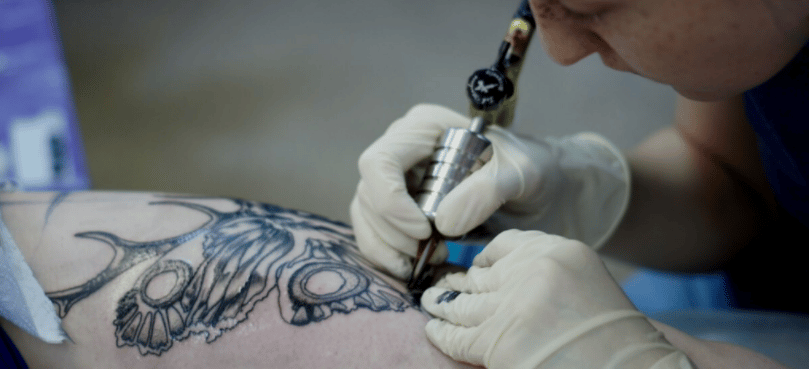Keeping our research labs clean can be challenging, especially when we have many projects and limited lab space. People usually need more time to clean up after themselves. But the quality of work produced in a lab depends mainly on the air inside that space. A constant flow of good air is essential for occupational health and experimental results.
This is where lab fume hoods become useful to tackle pollutants from chemicals and other bio-hazardous fumes inside the lab. For those who are struggling to maintain a safe environment inside their lab, they can try these below-shared pointers for better results:
Identify & Prepare For Chemical Hazards
When working in chemical labs or toxic environments, choosing a chemical that won’t go off in the air can be challenging. It’s essential to identify which chemical is being used and plan on taking things out of the air and disposing of them properly.
Just like what you do when you take apart electronic things, you need to be extra careful when taking chemical substances away from your lab. Even the smallest particles can pose a serious threat to air quality.
Microbiological Safety Cabinets for Enhanced Protection
A microbiological pcr cabinet is equipped with various types of ventilation for a more hygienic work environment. These are currently the most efficient type of fume hoods for specialized laboratories. Additionally, they have built-in HEPA filters, which filter out bacteria and viruses from the air that comes inside.
They also include automatic controlled timers so exhaust systems can shut off automatically after a certain period to prevent excessive build-up of toxins in the lab or other hazardous gases that might damage your respiratory system.
Install Recirculating Fume Hoods
Fume hoods are exhaust hoods that can recirculate air inside the hood. These are mainly used to add fresh air into a laboratory for those who work with chemicals. The recirculation process works by continuously circulating the air inside; preventing chemical fumes from building up and causing damage to your lungs. Modern fume hoods include in-built filters that remove harmful toxins and carcinogens from the air while keeping it safe for you and all team members.
Use LNT (Linear Non-Toxic) Procedures
Using linear non-toxic procedures is a great way to work efficiently in your lab without risking harmful side effects. Non-toxic means you can work with a chemical longer without worrying about harmful effects. This procedure is said to be more efficient than traditional methods.
Ensure Quality Air Circulation In Your Lab
Besides installing fume hoods in your lab, it’s also vital that you ensure that the air inside your lab is circulated correctly for the best results. For example, you might want to invest in an air purifier for increased safety in the workplace or go for quality fans that will circulate fresh air in and out of the lab all day long.
Conclusion
Most of the chemicals we work with are not toxic to our lungs, but they might still be harmful if misused. Whenever working with any chemical substances, it’s also recommended that you use a fume hood and wear safety gear to protect yourself from dangerous toxins in the air.




















Leave a Reply